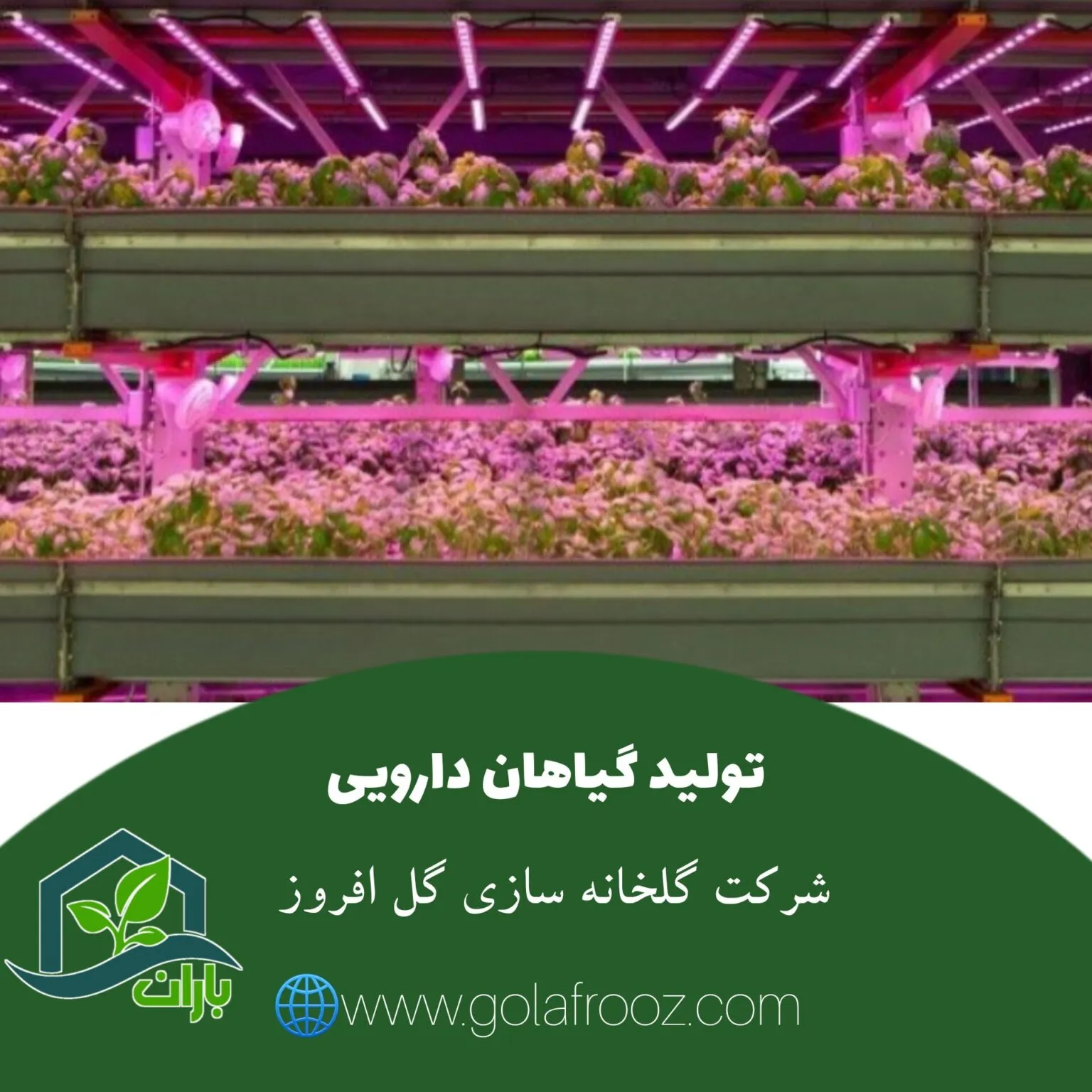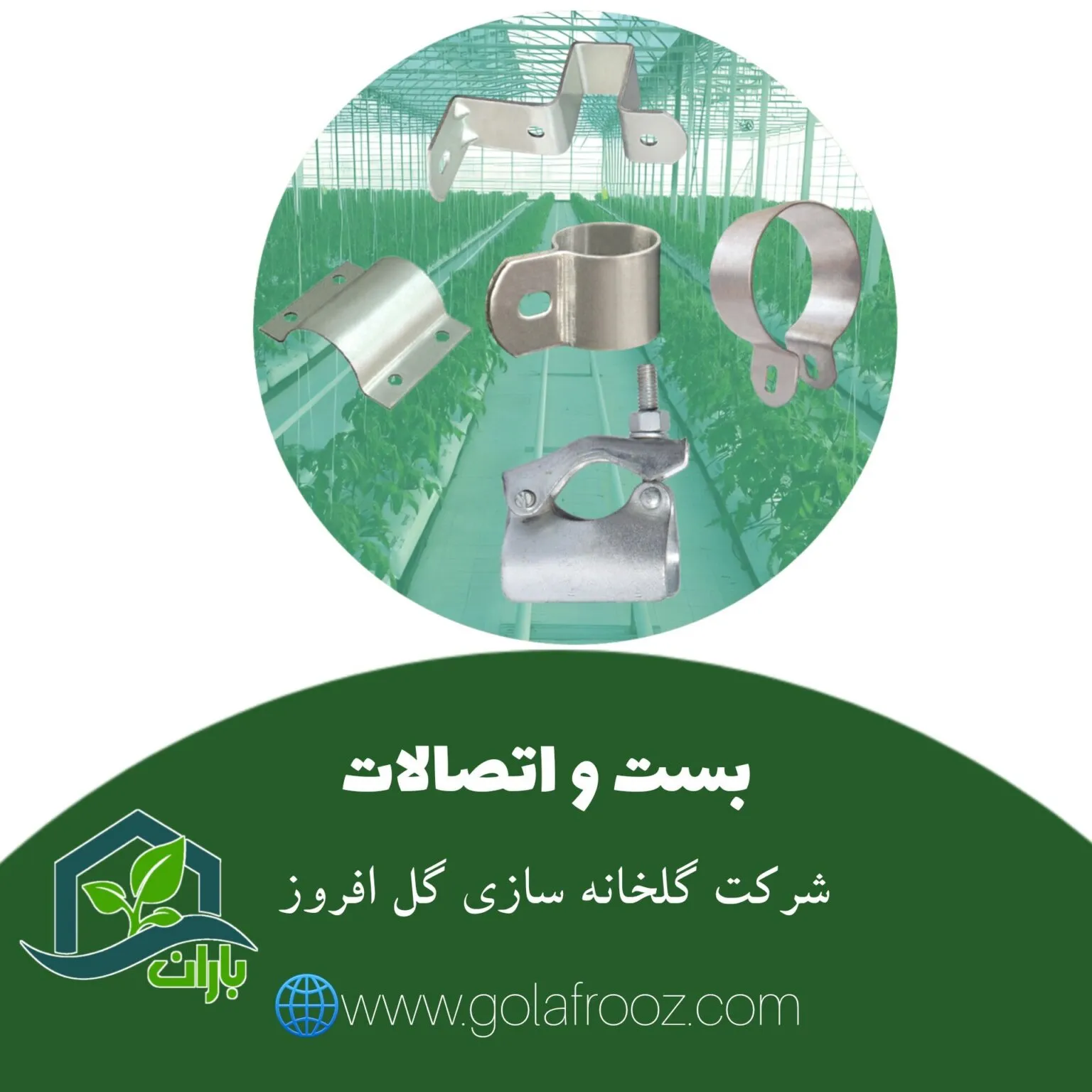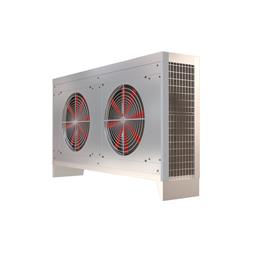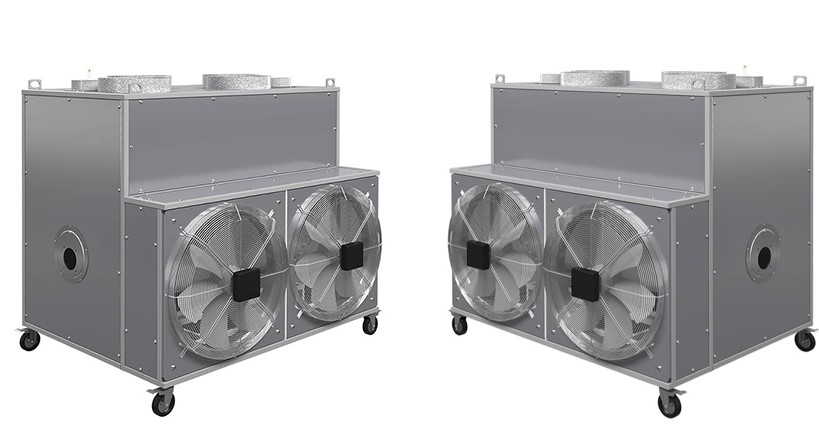Latest Update: Nov 13, 2025, 10:12:54 PM

Cultivation of Medicinal Plants in Greenhouses
Cultivating medicinal plants in greenhouses presents several challenges that can serve as main topics for a research article. Some of these challenges are listed below:
Pest and Disease Control:
Greenhouses are enclosed environments that may facilitate the development of certain pests and plant diseases. Investigating effective and sustainable pest management methods can be a major challenge.
Automation Systems:
Designing, installing, and maintaining modern automated systems to regulate optimal environmental conditions such as light, temperature, and humidity requires significant initial investment and technical expertise.
Economic Feasibility:
Examining the high costs of greenhouse construction and maintenance, the final product price, and competition with open-field cultivated medicinal plants can be an economic challenge.
Resource Management:
Managing resources such as water and soil and using appropriate fertilizers to ensure high-quality final products.
Resistance of Medicinal Plants:
Some plants may produce fewer secondary metabolites in greenhouse environments due to lack of natural stresses, which can affect their medicinal quality.
Quality and Safety Standards:
Compliance with international standards for medicinal plant production in terms of toxicity, sustainability, and active compounds.
Integration with New Technologies:
Applying modern technologies such as tissue culture and genetics to increase yield and improve the traits of medicinal plants.
Climate Change:
The impact of climate change on water and energy resources, and measures needed to adapt to these conditions.
Marketing and Sales:
Finding suitable markets to sell greenhouse products and competing with imported products and other domestic producers.
Legal Issues and Permits:
Obtaining the necessary permits for cultivating and selling medicinal plants and complying with legal regulations.
Advantages of Cultivating Medicinal Plants in Greenhouses
Producing medicinal plants in greenhouses has multiple benefits that can be useful topics for a research article:
Precise Environmental Control:
The ability to adjust temperature, humidity, and light to optimize plant growth and increase the production of medicinal secondary metabolites.
Improved Quality and Uniformity:
Reducing quality variations caused by weather and environmental conditions leads to medicinal plants with more uniform characteristics.
Reduced Growth Cycle:
Providing ideal conditions can accelerate plant growth, ultimately increasing the number of harvest cycles per year.
Efficient Water Management:
Using efficient irrigation systems such as drip irrigation and water recycling in greenhouses optimizes water consumption.
Reduced Use of Chemical Pesticides:
Controlled greenhouse environments reduce the need for chemical pesticides, helping to produce healthier medicinal plants.
Year-Round Production:
Possibility of cultivation and harvesting throughout the year, even under unfavorable weather conditions.
Cultivation of Rare or Endangered Plants:
Enabling production and maintenance of plant species that cannot grow in their natural habitat or have become rare due to adverse weather conditions and habitat destruction.
Biodiversity Conservation:
Greenhouses can serve as centers for preserving and enhancing the biodiversity of plants used in traditional and medicinal practices.
Growing Plants with Specific Requirements:
Some medicinal plants require very specific environmental conditions that can only be provided in a greenhouse.
Opportunities for Research and Experimentation:
As a controlled environment, greenhouses offer abundant opportunities for scientific and experimental research to improve cultivation and propagation methods for medicinal plants.
Disadvantages of Cultivating Medicinal Plants in Greenhouses
Despite many advantages, cultivating medicinal plants in greenhouses can also have challenges and drawbacks. In a research article, these disadvantages can be discussed as points of concern:
High Initial Costs:
Constructing and equipping greenhouses requires significant investment, including the greenhouse structure, heating and cooling systems, intelligent control systems, and irrigation equipment.
Maintenance and Operational Costs:
Ongoing expenses such as electricity (for heating, cooling, and lighting), water, labor, and equipment maintenance can be high.
Complex and Precise Environmental Management:
Specialized knowledge is required for precise control of environmental conditions, including proper temperature, humidity, CO₂ levels, and light.
Risk of Disease Outbreaks:
In a closed greenhouse environment, diseases and pests can spread rapidly and be difficult to control.
Space Limitations:
Limited space inside the greenhouse can affect access to plants and performing essential tasks such as pruning or harvesting.
Plant Reproduction:
Some medicinal plants rely on natural pollination for optimal reproduction and secondary metabolite production, which may not occur effectively in greenhouse environments.
Impact on Product Quality:
Some studies indicate that greenhouse-grown medicinal plants may have lower levels of medicinal compounds compared to those grown in natural environments.
Sustainable Resource Use:
High energy consumption and environmental impacts due to improper resource use can be a serious issue.
Independence from Natural Seasons:
Some believe that cultivating plants outside their natural seasons may negatively affect their medicinal properties.
Economic Balance:
The final price of greenhouse products may be higher than open-field products due to increased production costs, making them less competitive economically.
Conclusion
On one hand, greenhouses provide a controlled environment that allows growers to adjust ideal conditions such as temperature, humidity, and light for optimal growth of medicinal plants. This can lead to higher quality and uniformity of products, shorter growth cycles, and an increased number of harvests.
Overall, choosing greenhouses as a method for cultivating medicinal plants should be done carefully, considering the specific goals of the grower, geographical location, financial capacity, and the best practices for sustainable resource use and environmental protection. Precise management and use of modern technologies can minimize challenges and ensure high productivity even in the face of potential obstacles.
Ultimately, the decision to cultivate medicinal plants in greenhouses should be based on a careful assessment of all positive and negative aspects, taking into account the specific characteristics and constraints of each case.
Gol Afrooz Greenhouse Company, with years of outstanding experience, is a leading manufacturer in the field of modern greenhouses, ready to serve clients across Iran. By leveraging up-to-date knowledge and a specialized team, we design and construct various types of Iranian, Spanish, Dutch, and tunnel greenhouses with the highest quality, tailored to your needs.
Additionally, Gol Afrooz provides all efficient and modern greenhouse equipment. If you are in Karaj, Tehran, or any other city in Iran and looking for a reliable partner to establish your greenhouse, contact us through our website now and benefit from expert consultation.



 Dutch Greenhouse Complexes: Aalsmeer Hub, Benefits, & Costs Guide
Dutch Greenhouse Complexes: Aalsmeer Hub, Benefits, & Costs Guide
 Greenhouse Rail and Gear Systems: Automation, Benefits & Price Guide
Greenhouse Rail and Gear Systems: Automation, Benefits & Price Guide
 Comprehensive Guide to Greenhouse Plans: Designs, Types & Layouts (Spanish vs. Dutch)
Comprehensive Guide to Greenhouse Plans: Designs, Types & Layouts (Spanish vs. Dutch)
 Greenhouse Fittings & Fasteners: Types, Uses & Pricing Guide
Greenhouse Fittings & Fasteners: Types, Uses & Pricing Guide
 Galvanized can profile 10
Galvanized can profile 10
 Axial Fan Evaporative Cooler
Axial Fan Evaporative Cooler
 Furnace Heater
Furnace Heater
 Type 4 Circulation Fan
Type 4 Circulation Fan
 Greenhouse Mist Sprayer
Greenhouse Mist Sprayer
